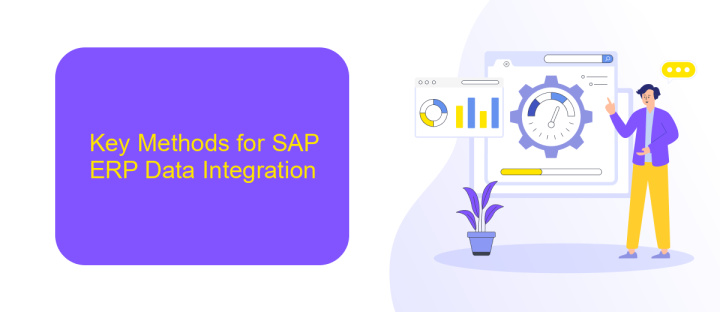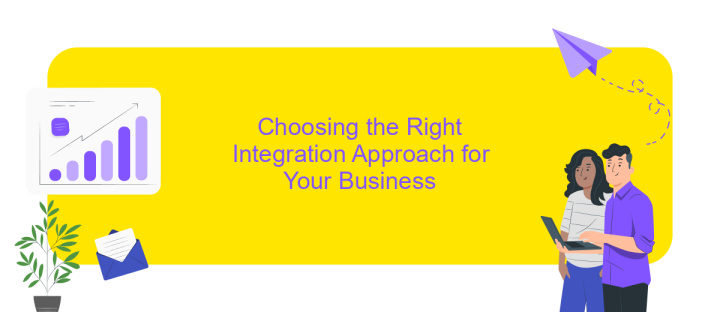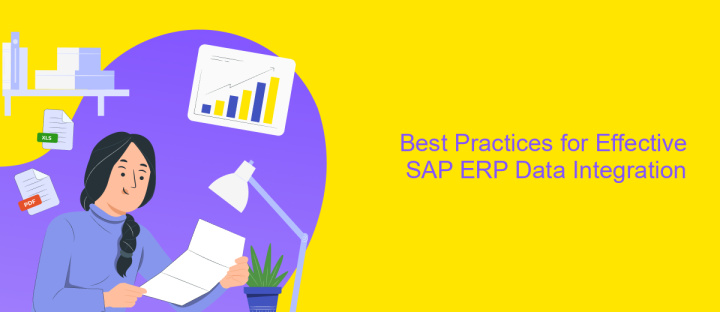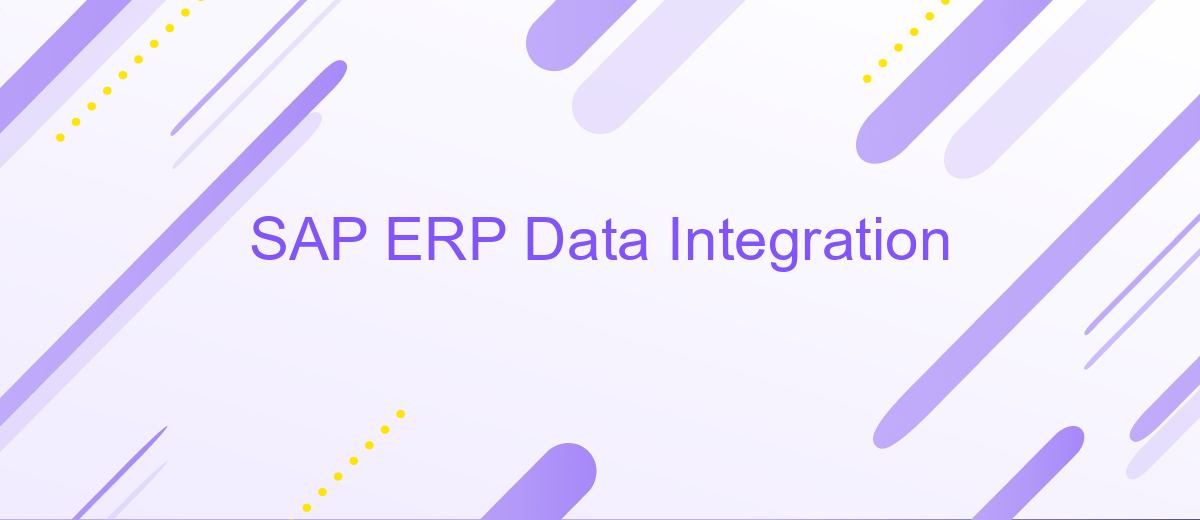SAP ERP Data Integration
In today's fast-paced business environment, effective data integration is crucial for maximizing the potential of SAP ERP systems. Seamless data flow across various platforms not only enhances operational efficiency but also supports informed decision-making. This article explores the key strategies and tools for successful SAP ERP data integration, highlighting the benefits of a cohesive data ecosystem in driving organizational growth and innovation.
Understanding SAP ERP Data Integration Needs
Understanding the data integration needs of SAP ERP systems is crucial for ensuring seamless business operations. SAP ERP is a comprehensive software solution that manages various business processes, including finance, supply chain, and human resources. Integrating data effectively within this system is essential for maintaining data consistency, improving decision-making, and enhancing overall business performance. Identifying the specific data integration needs of your organization is the first step towards achieving these goals.
- Identify data sources and destinations within the SAP ERP environment.
- Determine the frequency and volume of data transfers required.
- Assess the need for real-time versus batch data processing.
- Ensure data security and compliance with industry standards.
- Evaluate the scalability of integration solutions to accommodate future growth.
By carefully analyzing these aspects, organizations can develop a robust data integration strategy tailored to their unique requirements. This not only facilitates efficient data flow across various departments but also ensures that the ERP system can adapt to changing business needs. Ultimately, a well-planned data integration approach supports the organization's strategic objectives and drives continuous improvement.
Key Methods for SAP ERP Data Integration

Integrating data within SAP ERP systems involves several key methods to ensure seamless data flow and operational efficiency. One common approach is the use of SAP's own tools, such as the SAP Data Services, which offer robust data integration capabilities, including data extraction, transformation, and loading (ETL). These tools are designed to handle complex data environments, ensuring that data is accurately transferred between systems and remains consistent across various applications. Additionally, SAP provides the Business Application Programming Interfaces (BAPIs) that facilitate the integration of third-party applications with SAP ERP, enabling real-time data exchange and process automation.
Another effective method for SAP ERP data integration is leveraging cloud-based integration platforms like ApiX-Drive. ApiX-Drive offers a user-friendly interface for setting up integrations between SAP ERP and other business applications without extensive coding. This service supports a wide range of connectors and automates data synchronization, reducing manual efforts and minimizing errors. By utilizing such platforms, businesses can enhance their data integration processes, ensuring that their SAP ERP systems are well-connected with other essential software solutions, ultimately leading to improved decision-making and operational agility.
Choosing the Right Integration Approach for Your Business

Choosing the right integration approach for your business is crucial for maximizing the potential of SAP ERP systems. The decision should align with your company's unique operational needs and future growth plans. A well-chosen integration strategy can streamline processes, enhance data accuracy, and improve decision-making capabilities.
- Evaluate your current IT infrastructure and determine compatibility with SAP ERP solutions. This helps in identifying potential challenges and required modifications.
- Consider the complexity and volume of data to be integrated. This will influence whether a batch processing or real-time integration approach is more suitable.
- Assess the scalability of the integration solution. Ensure it can accommodate future business expansion and increased data loads without significant re-engineering.
- Prioritize security and compliance. The integration approach should safeguard sensitive data and align with industry regulations.
Ultimately, the right integration approach should not only meet immediate business needs but also support long-term objectives. Collaborating with experienced SAP consultants can provide valuable insights and ensure a seamless integration process that aligns with your strategic goals. By carefully considering these factors, businesses can leverage SAP ERP to its fullest potential, driving efficiency and innovation.
Best Practices for Effective SAP ERP Data Integration

Integrating data within SAP ERP systems is crucial for maintaining seamless business operations. To achieve effective integration, organizations must adopt best practices that ensure data accuracy, consistency, and security. By following these guidelines, companies can optimize their SAP ERP data integration processes and enhance overall system performance.
First and foremost, it's essential to conduct a comprehensive data assessment before initiating integration. Understanding the data landscape helps in identifying potential challenges and streamlining the integration process. Additionally, leveraging advanced integration tools and technologies can significantly reduce manual efforts and errors.
- Ensure data quality by implementing data validation and cleansing processes.
- Utilize middleware solutions to facilitate smooth data exchange between systems.
- Regularly monitor and audit data flows to detect and resolve issues promptly.
- Establish clear governance policies to maintain data integrity and compliance.
Finally, fostering collaboration between IT and business units is vital for successful SAP ERP data integration. By aligning objectives and sharing insights, teams can address integration challenges more effectively and ensure that the data supports strategic business goals. Continuous training and development of staff also play a key role in maintaining a robust integration framework.


Future Trends in SAP ERP Data Integration
As businesses continue to evolve, the integration of SAP ERP systems with other enterprise solutions is becoming increasingly crucial. One of the future trends in SAP ERP data integration is the rise of cloud-based integration platforms. These platforms offer scalable and flexible solutions that allow companies to seamlessly connect SAP ERP with various applications and data sources. This trend is driven by the need for real-time data exchange and the ability to adapt quickly to changing business requirements. Moreover, the adoption of artificial intelligence and machine learning in data integration processes is anticipated to enhance predictive analytics and decision-making capabilities.
Another emerging trend is the utilization of low-code/no-code integration tools, such as ApiX-Drive, which empower non-technical users to set up and manage integrations without extensive programming knowledge. ApiX-Drive, for instance, provides a user-friendly interface and a wide range of pre-built connectors, making it easier for businesses to automate workflows and synchronize data across systems. This democratization of integration capabilities is expected to accelerate digital transformation efforts and improve operational efficiency in organizations leveraging SAP ERP solutions.
FAQ
What is SAP ERP Data Integration?
How can I integrate SAP ERP with other applications?
What are the benefits of integrating SAP ERP with other systems?
What challenges might I face during SAP ERP Data Integration?
How can I automate SAP ERP Data Integration processes?
Do you want to achieve your goals in business, career and life faster and better? Do it with ApiX-Drive – a tool that will remove a significant part of the routine from workflows and free up additional time to achieve your goals. Test the capabilities of Apix-Drive for free – see for yourself the effectiveness of the tool.

